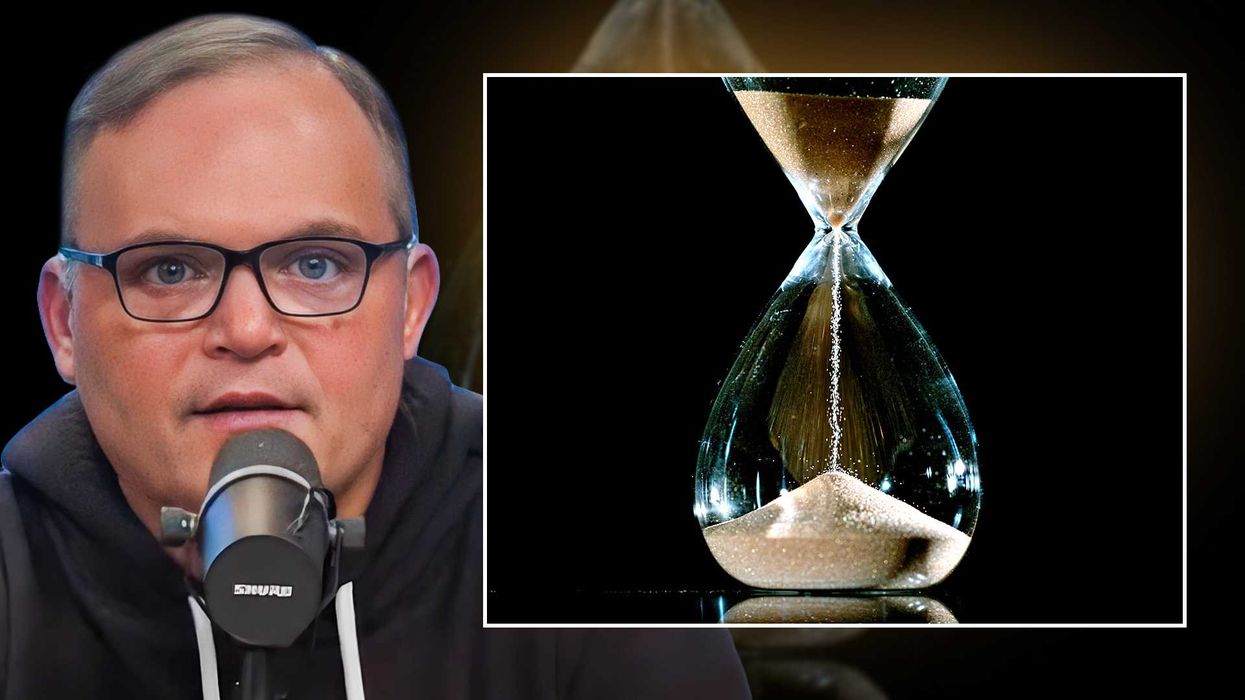
© 2026 Blaze Media LLC. All rights reserved.
"black hole was about 1 million times more massive than the sun."
Back in March, NASA scientists observed a huge cosmic blast in the the constellation Draco. The events that followed were a mystery to them, until now.
They have now confirmed that X-rays and gamma rays observed by NASA's Swift satellite were the result of a black hole consuming a nearby star in another galaxy.
According to Space.com, until now scientists had only witnessed the aftermath of stars being consumed by black holes, and that this event is helping them understand "relativistic jets," bursts of matter that shoot out at nearly the speed of light. Scientists say these observations could help them identify similar outbursts.
At the time when initial observations were being made, astronomers said the blast was unusual because the gamma ray bursts lasted longer than similar events:
Usually, gamma-ray bursts mark the destruction of a massive star, but flaring emission from these events never lasts more than a few hours.
According to NASA, via Gizmodo, this is what scientists concluded in the months following:
As a star falls toward a black hole, it is ripped apart by intense tides. The gas is corralled into a disk that swirls around the black hole and becomes rapidly heated to temperatures of millions of degrees.The innermost gas in the disk spirals toward the black hole, where rapid motion and magnetism creates dual, oppositely directed "funnels" through which some particles may escape. Particle jets driving matter at velocities greater than 80-90 percent the speed of light form along the black hole's spin axis. In the case of Swift J1644+57, one of these jets happened to point straight at Earth.
Watch the simulation:
Here's another visual:
Space.com reports that based on the observations by scientists, which were reported in two studies in Nature, that the black hole was about 1 million times more massive than the sun.
Want to leave a tip?
We answer to you. Help keep our content free of advertisers and big tech censorship by leaving a tip today.
Want to join the conversation?
Already a subscriber?
more stories
Sign up for the Blaze newsletter
By signing up, you agree to our Privacy Policy and Terms of Use, and agree to receive content that may sometimes include advertisements. You may opt out at any time.
Related Content
© 2026 Blaze Media LLC. All rights reserved.
Get the stories that matter most delivered directly to your inbox.
By signing up, you agree to our Privacy Policy and Terms of Use, and agree to receive content that may sometimes include advertisements. You may opt out at any time.







